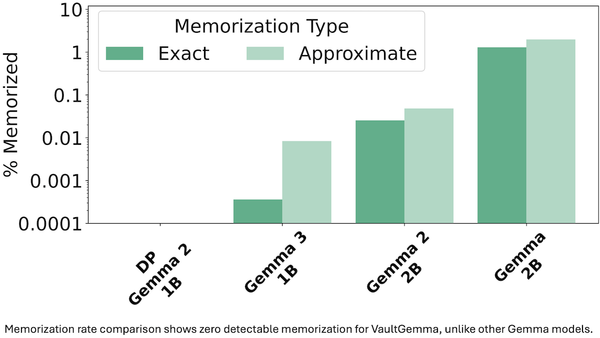Battlefield Chat: A military chatbot can create battle plans.
Large language models may soon help military analysts and commanders make decisions on the battlefield.

Large language models may soon help military analysts and commanders make decisions on the battlefield.
What’s new: Palantir, a data-analytics company that serves customers in the military, intelligence, and law enforcement, demonstrated its chat-driven Artificial Intelligence Platform (AIP) performing tasks like identifying enemies in satellite imagery, deploying surveillance drones, and proposing battle plans.
How it works: In the demonstration, an intelligence analyst uses AIP to react to a fictional scenario. The system integrates large language models including Dolly-v2-12b (12 billion parameters), Flan-T5XL (3 billion), and GPT-NeoX-20B (20 billion) fine-tuned on an unspecified dataset.
- Having received an alert that enemies had moved into friendly territory, the user enters the prompt: “Show me more details.” AIP displays satellite imagery and uses an unspecified object detection model to locate an enemy tank.
- The user prompts AIP to deploy a surveillance drone, which streams video to the screen.
- Having confirmed the tank’s presence, the user prompts AIP to generate three courses of action. The chatbot suggests sending a fighter jet, engaging the tank with long-range artillery, or deploying an infantry unit equipped with shoulder-launched missiles.
- The user sends the suggestions up the chain of command for review. The commander approves sending in troops, and the system generates a battle plan including a route to the tank. The commander orders an electronic warfare specialist to jam the tank’s communication equipment.
Behind the news: Military forces are experimenting with AI for executing combat tactics.
- The United States Department of Defense is testing a system called JADC2 that will process early-warning radar information to identify possible threats across the globe.
- The Israeli Defense Force revealed that it had used unidentified AI tools during a May 2021 engagement to target commanders and missile units belonging to Hamas, the political party that controls the Gaza Strip.
Why it matters: At its best, this system could help military authorities identify threats sooner and streamline their responses, enabling them to outmaneuver their enemies. On the other hand, it represents a significant step toward automated warfare.
We’re thinking: This system takes the critical question of safety in AI systems to a new, terrifying level. Human battlefield analysts manage complex variables: terrain, weather, local customs, capabilities and limitations of friendly and enemy forces. This is crucial work. Delegating that work to a chatbot is a worrisome prospect considering the current state of large language models, which hallucinate falsehoods, confidently provide unworkable directions, and fail at basic math — especially smaller chatbots, like those used in this system.




